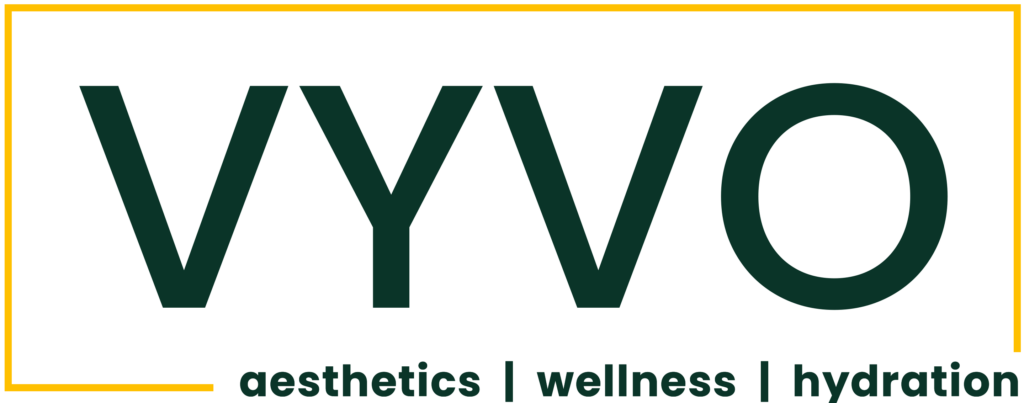Botox Treatment
Botox injections are used not only for therapeutic purposes but for cosmetic ones too. Unlike other fillers, which are superficially injected just beneath the skin, Botox is injected directly into the muscle. Because Botox is made of a neurotoxin, it blocks signals between the muscle and the brain, ultimately preventing muscle contraction in a localized area. When the muscle relaxes, wrinkles smooth out and soften. Performed correctly, these injections only affect targeted muscles while still allowing for facial expression. Botox can be used for any type of wrinkle that has not been caused by sun damage or stretching of the skin due to gravity. Results are usually best on expression lines, such as those around the eyes and forehead.
Did you know…
that 11 million women have undergone Botox? In fact, the American Society of Plastic Surgeons reports that it is the most common cosmetic treatment requested in America, with numbers at an all-time high. More than a million treatments are performed every year, and it isn’t just the rich and famous indulging in the liquid facelift. People of all economic backgrounds get Botox because of its affordability.
Frequently Asked Questions
Am I a candidate for Botox treatments?
If you are between the ages of 18 and 65, consult with your dermatologist to find out if Botox is right for you. The best candidates for cosmetic Botox treatments are usually men and women bothered by facial lines and wrinkles – particularly those along the forehead and between the eyes. You should not get Botox injections if you are pregnant or breastfeeding, or if you suffer from any type of neurological disease.
What should I expect when getting Botox?
Botox injections are in-office procedures performed in just a few minutes. In fact, you can schedule a Botox injection for your lunch hour or on your way home from work. Injections use a very fine needle, which is inserted into the facial muscles. There is very little discomfort during the injection, and anesthesia is necessary.
Are there any special instructions I will need to follow after getting Botox?
There is a minimal recovery period of approximately 48 hours after getting Botox. During this time, you may experience bruising or headaches. Avoid rubbing your face in areas treated with Botox, and do not lie down for the first few hours after the injections. Keep in mind that results from Botox – though significant – usually begin to fade within 4 to 6 months. You’ll need to return for retreatment periodically.
Dysport Treatment
Dysport is a non-surgical, injectable treatment used to smooth and reduce the appearance of lines and wrinkles. It is made of Botulinum toxin Type A, which works by temporarily relaxing the muscles beneath the face. Dysport injections are effective for treating furrows, creases and marionette lines along the forehead, around the mouth and near the eyes. Most people who undergo Dysport treatments have lines or wrinkles that are moderate to severe and non-responsive to other types of cosmetic treatments.
Did you know…
Dysport has been used in the treatment of lines and wrinkles for decades? Though it did not receive FDA approval until 2009, Dysport has been used in Europe since 1991. The results achieved by Dysport treatments are virtually the same as those of Botox treatments, which represent one of the most common cosmetic treatments performed in the U.S.
Frequently Asked Questions
Who is a candidate for Dysport treatments?
You may be a candidate for Dysport if you are bothered by the appearance of lines and wrinkles on your face. The treatment is typically administered in people ages 18 to 65, but should not be used in certain people, such as women who are pregnant or nursing. Contact our Medi-Spa for more information about Dysport and to schedule a consultation today.
What should I expect during a Dysport treatment?
Dysport treatments are performed from the comfort of a Medi-Spa office. Most treatments take only minutes to complete using a series of tiny injections around targeted facial muscles. Though there may be some initial soreness at the injection site, most people experience little or no bruising after a Dysport treatment. In most cases, patients can return to work or other activities immediately after treatment. It is important, however, to avoid apply pressure to the treatment site or sleeping on it for the first 24 hours after getting Dysport injections.
How long do Dysport treatment results last?
Most people notice improvements in lines and wrinkles within just 1 to 3 days of receiving a Dysport injection though maximum benefits may not be realized for a week or more. Outcomes vary from person to person, but most people enjoy the benefits of Dysport for approximately 3 to 6 months.

